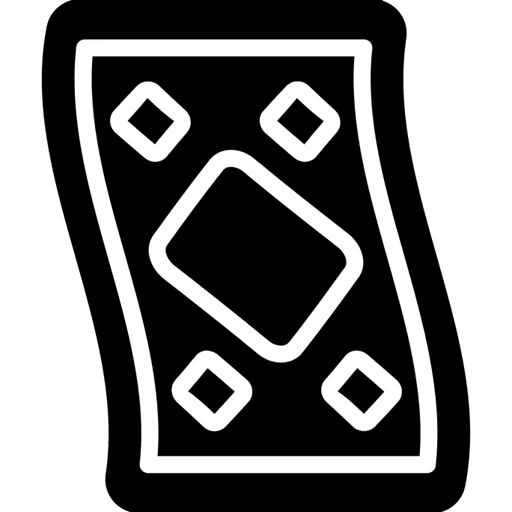Start by examining the rug’s materials and construction. Natural fibers like wool, silk, or cotton generally contribute to higher value, especially if woven tightly or hand-knotted. Look for signs of handmade craftsmanship such as uneven knots or irregular weaving, which can significantly increase a rug’s worth compared to machine-made pieces.
Next, identify the origin and age. Rugs from renowned regions like Persia, Turkey, or the Caucasus often carry higher market prices. An older rug, particularly in excellent condition, can command a premium, but verify if wear or repairs affect its overall value. Genuine antique pieces with provenance documentation tend to attract collectors more than modern reproductions.
Assess the design and condition. Unique patterns, rare motifs, and vibrant colors enhance a rug’s desirability. Check thoroughly for stains, tears, or fading. Well-maintained rugs with minimal damage retain their value better, and any restoration work should be carefully evaluated for quality and authenticity.
Assessing Rug Condition and Wear for Accurate Valuation
Begin by examining the overall appearance of the rug, noting areas of discoloration, fading, or staining that may indicate age or exposure to sunlight. Check for uneven coloration, which can signal repairs or fading over time. Inspect the pile height and density–worn sections often have thinning or bald spots where fibers have broken down or been removed through foot traffic.
Identify signs of physical damage such as fraying edges, unraveling weaves, holes, or tears. Pay particular attention to the borders, as they tend to show wear faster. Test the durability by gently pressing on different sections; areas with soft or flattened pile suggest frequent use, while stiff or misshapen sections may indicate heavy staining or fabric degradation.
Assess knot integrity if visible, looking for loosened or missing knots which weaken the structure and reduce value. Examine the backing and foundation for signs of repairs or reinforcement that might affect authenticity or authenticity assessments. Check for discoloration or residues that could point to previous restorations, as excessive repairs can diminish the rug’s worth.
Document wear patterns across traffic zones versus less-used sections, since authentic aging often manifests unevenly. Consider the presence of pet damage, liquid stains, or burns, which can significantly impact valuation. Use a magnifying glass if necessary to detect subtle fiber deterioration or superficial damage not visible at a glance.
By thoroughly evaluating these features, you create a clear picture of the rug’s condition, enabling a more precise and justified valuation estimate that reflects its true state and market desirability.
Identifying Rug Age and Origin to Establish Historical Significance
Start by examining the construction techniques used in the rug. Hand-knotted rugs often feature inconsistent knotting patterns, while machine-made pieces display uniformity. The density of knots per square inch offers clues: older rugs tend to have higher knot densities, reflecting craftsmanship standards of their time.
Analyzing Dye Colors and Materials
Look closely at the dye palette. Natural dyes, such as indigo, madder, and pomegranate, were common before synthetic dyes appeared in the late 19th century. Fading and color variation in these dyes can help pinpoint the age. Additionally, assess the materials: wool, silk, or cotton–each indicates different regions and periods. Wool from certain breeds or regions showcases specific textures, further narrowing down origins.
Identifying Origin Through Design and Symbols
Study the rug’s pattern motifs and border designs. Specific geometric or floral patterns often align with particular geographic areas and eras. For example, Persian rugs from Isfahan feature intricate medallions, while Turkish kilims showcase bold, simplified geometry. Look for signature symbols or motifs that might relate to cultural or tribal identities, which also suggest origin and age.
Consult pattern catalogs and regional style guides to match your rug’s features with established design traditions. Cross-referencing these details with known historical periods enhances your understanding of the rug’s background, making it easier to assess its significance and value.
Researching Market Trends and Comparable Sales for Price Estimation
Start by browsing online marketplaces like eBay, 1stDibs, and Etsy to identify recent sales of similar rugs. Focus on listings with completed sales data to see actual transaction prices rather than asking prices. Observe for patterns in pricing based on rug size, age, condition, and design style.
Analyze price ranges by compiling data from multiple sources. Create a spreadsheet or list highlighting sale prices of comparable rugs to determine a realistic market value. Look for recurring price points and note outliers that may be influenced by seller motivations or unique features.
Pay attention to seasonal fluctuations and fluctuations tied to regional demand. Rugs listed during peak buying seasons may command higher prices. Conversely, off-season listings might sell for less, providing a broader understanding of market dynamics.
Check auction results on platforms like LiveAuctioneers or Christie’s to see high-end transactions for similar pieces. These can serve as benchmarks when estimating the value of rare or high-quality rugs.
Engage in online forums, social media groups, or specialized rug communities to gather insights from experienced collectors and dealers. Members often share recent sale prices and market observations that aren’t publicly listed.
Keep a close eye on trending styles, colors, and motifs gaining popularity. Market interest in specific eras, such as vintage or mid-century designs, influences current pricing and helps refine your estimate.
Compare the physical condition, rarity, and provenance of your rug with those seen in sales. Adjust your price expectations based on differences in these attributes, ensuring an accurate reflection of your specific piece’s worth.
